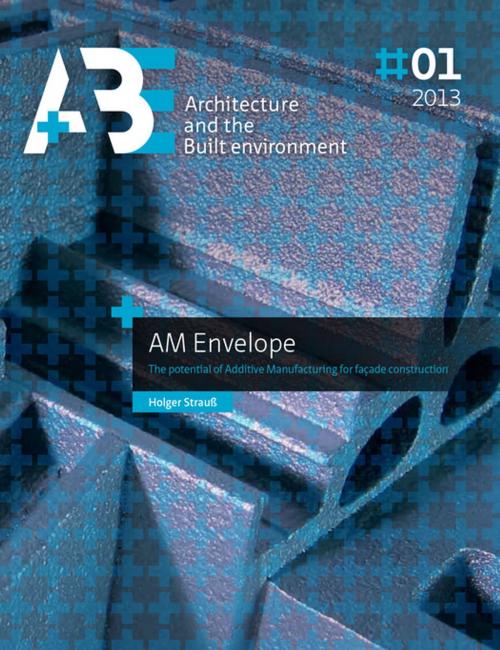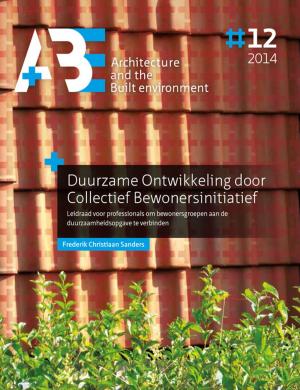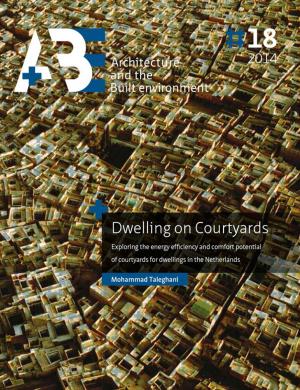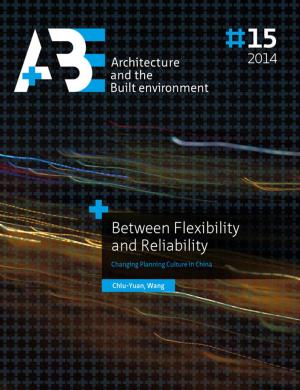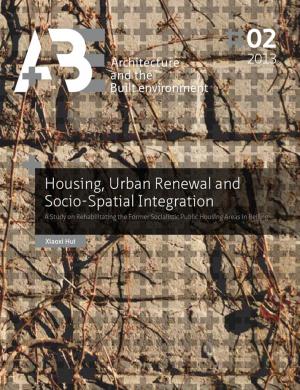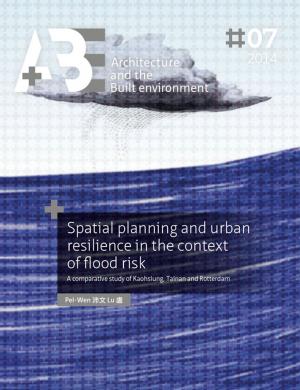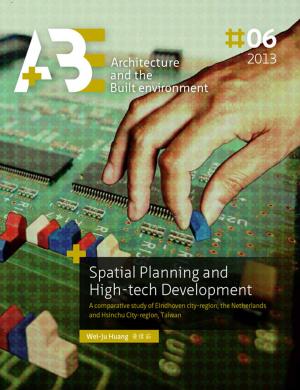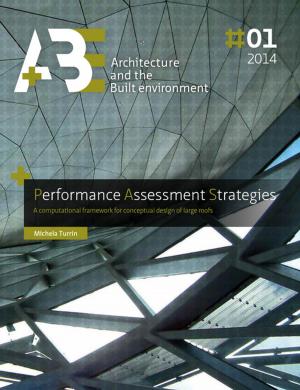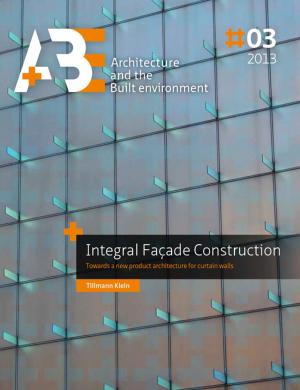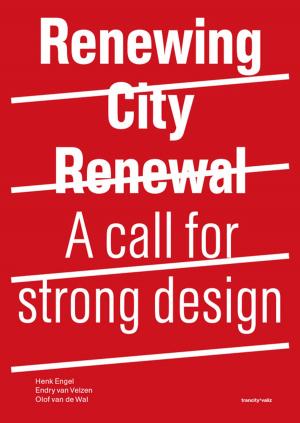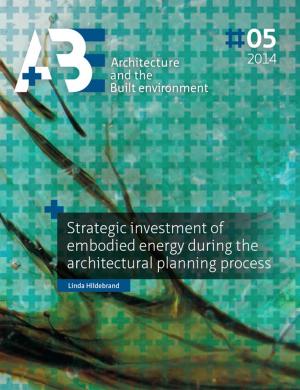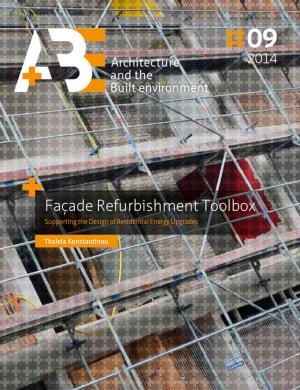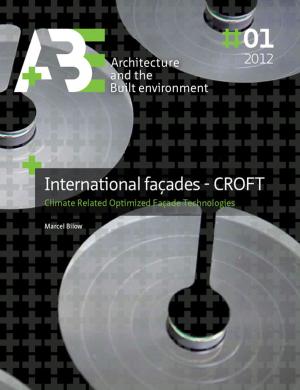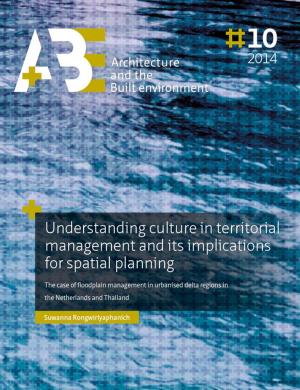AM Envelope
The potential of Additive Manufacturing for facade constructions
Nonfiction, Art & Architecture, Architecture, Methods & Materials| Author: | Holger Strauss | ISBN: | 9781481214339 |
| Publisher: | TU Delft | Publication: | January 29, 2013 |
| Imprint: | TU Delft | Language: | English |
| Author: | Holger Strauss |
| ISBN: | 9781481214339 |
| Publisher: | TU Delft |
| Publication: | January 29, 2013 |
| Imprint: | TU Delft |
| Language: | English |
This book shows the potential of Additive Manufacturing (AM) for the development of building envelopes: AM will change the way of designing facades, how we engineer and produce them. To achieve today’s demands from those future envelopes, we have to find new solutions.
The term ‘AM Envelope’ (Additive Manufacturing Envelope) describes the transfer of this technology to the building envelope. Additive Fabrication is a building block that aids in developing the building envelope from a mere space enclosure to a dynamic building envelope.
AM offers the opportunity to manufacture facades ‘just in time’. It is no longer necessary to store or produce large numbers of parts in advance. Initial investment for tooling can be avoided, as design improvements can be realized within the dataset of the AM part. AM is based on ‘tool-less’ production, all parts can be further developed with every new generation.
The basic principle of AM opens a fascinating new world of engineering, no matter what applications can be found: to ‘design for function’ rather to ‘design for production’ turns our way of engineering of the last century upside down. A collection of AM applications therefore offers the outlook to our (built) future in combination with the acquired knowledge.
This book shows the potential of Additive Manufacturing (AM) for the development of building envelopes: AM will change the way of designing facades, how we engineer and produce them. To achieve today’s demands from those future envelopes, we have to find new solutions.
The term ‘AM Envelope’ (Additive Manufacturing Envelope) describes the transfer of this technology to the building envelope. Additive Fabrication is a building block that aids in developing the building envelope from a mere space enclosure to a dynamic building envelope.
AM offers the opportunity to manufacture facades ‘just in time’. It is no longer necessary to store or produce large numbers of parts in advance. Initial investment for tooling can be avoided, as design improvements can be realized within the dataset of the AM part. AM is based on ‘tool-less’ production, all parts can be further developed with every new generation.
The basic principle of AM opens a fascinating new world of engineering, no matter what applications can be found: to ‘design for function’ rather to ‘design for production’ turns our way of engineering of the last century upside down. A collection of AM applications therefore offers the outlook to our (built) future in combination with the acquired knowledge.
